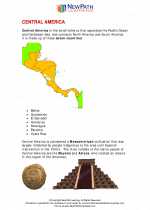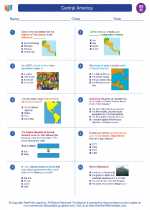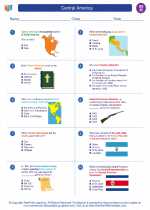Amazon Rainforest
The Amazon Rainforest, also known as Amazonia, is a vast and dense forest that covers most of the Amazon basin in South America. It is the largest tropical rainforest in the world, spanning over 5.5 million square kilometers across nine countries: Brazil, Peru, Colombia, Venezuela, Ecuador, Bolivia, Guyana, Suriname, and French Guiana.
Importance of the Amazon Rainforest
The Amazon Rainforest is often referred to as the "lungs of the Earth" because it produces approximately 20% of the world's oxygen. It is also home to a rich diversity of plant and animal species, many of which are not found anywhere else on the planet. Additionally, the rainforest plays a crucial role in regulating the Earth's climate and water cycle.
Threats to the Amazon Rainforest
The Amazon Rainforest faces numerous threats, including deforestation, illegal logging, mining, and agricultural expansion. These activities contribute to the loss of biodiversity, habitat destruction, and climate change. Indigenous communities who have lived in the rainforest for centuries are also at risk due to these threats.
Study Guide
Here are some key points to focus on when studying the Amazon Rainforest:
- Location and geographic features of the Amazon Rainforest
- Importance of the rainforest to the global ecosystem
- Threats facing the Amazon Rainforest
- Efforts and initiatives aimed at protecting and preserving the rainforest
- Impact of deforestation on indigenous communities and wildlife
Conclusion
The Amazon Rainforest is a critical natural resource that requires concerted efforts to protect and preserve. Understanding the significance of the rainforest and the challenges it faces is essential for advocating for its conservation and sustainable management.
[Amazon Rainforest] Related Worksheets and Study Guides:
.◂Social Studies Worksheets and Study Guides Eighth Grade. Central America

 Worksheet/Answer key
Worksheet/Answer key
 Worksheet/Answer key
Worksheet/Answer key
 Worksheet/Answer key
Worksheet/Answer key
